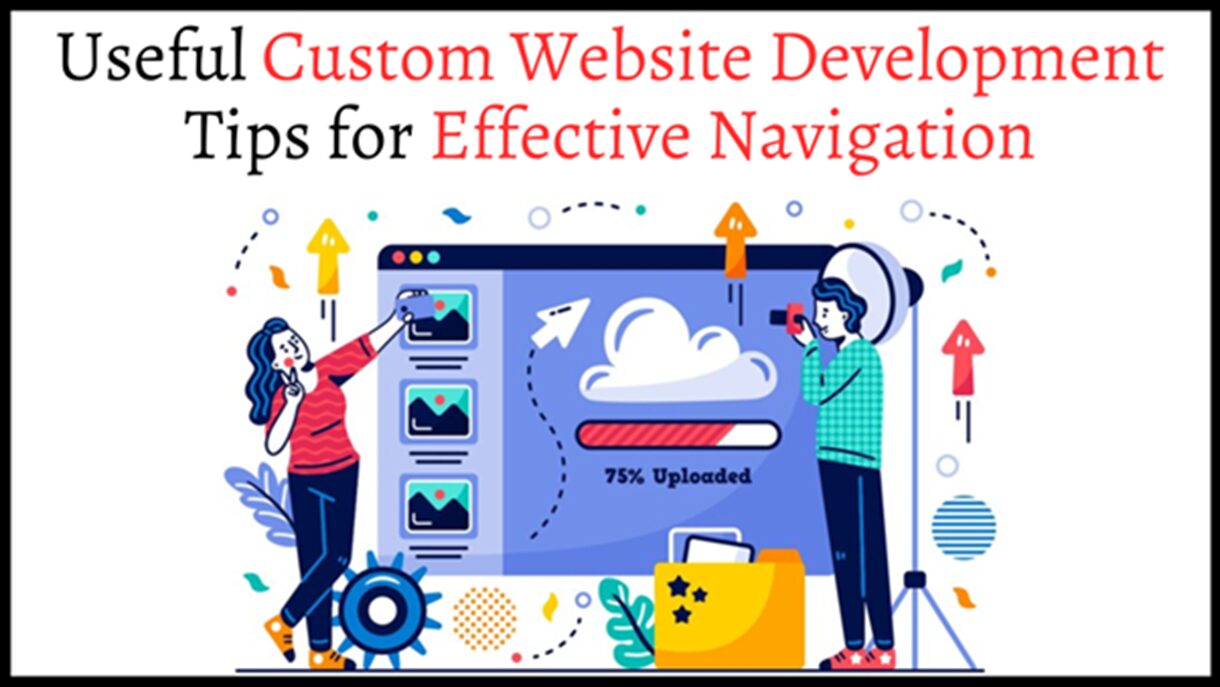
Things to Consider While Migrating from Magento 1 To Magento 2
5 minutes | Word Count: 982Magento is one of the topmost eCommerce platforms. It is being used by tons of users as thousands of businesses trust Magento. Therefore, the Magento Website Development keeps evolving it to offer something better to the users.
Magento is a super cool platform and there is no doubt about the fact that the platform is stepping up the success ladder every now and then. Therefore, there is nothing wrong with planning to migrate to the latest version of Magento. It is just that you would have to consider plenty of things before actually strategizing the migration. In this article, we will highlight a few of the challenges that may come in your way of migrating Magento.
Magento’s latest versions are proof that the company is upgrading it. And, there is something or the other that’s being constantly added to the new platform. For any online business or store, the migration to a new version of the platform is always very helpful. The new version brings in a lot of freshness. Also, tons of cutting-edge features are found in the new version of Magento. Though the process of migration isn’t a piece of cake, it is totally worth it.
Things to keep in mind before migrating
First of all, you would have to assess the new version. Only when you are fully aware of the new edition of Magento, then only you should plan to migrate to the new version. Also, it is important to assess the needs of your business and how the new edition of Magento will fulfill the demands of your growing business. This will definitely help you to plan well. Additionally, things like the charges, the time of migration, the changes, etc. are a few of the other things to consider while migrating to Magento.
List of the top Magento migration challenges
1. Problem with the checkout option or button
A few of the online stores reported that after migrating to the latest version of Magento the checkout option or the option which is present in the Mini-cart stops working. This happens immediately after the data migration. As the checkout options have been revamped in Magento 2, therefore, the migration can be a little difficult.
However, it is totally worth it as the checkout option is not only visually better, but it is flawless. As the checkout button is developed using JavaScript and KnockoutJS. Some businesses reported that the button wasn’t clickable after the migration. As a result, the visitors were not able to buy the items that they wished to you. And, it affected the business of the company. However, there were workarounds available to rectify the problem and to get the button to work like never before!
2. Speed of the old site is adversely affected
While migrating to the new site, you can still run the old site until the migration is complete. However, many website owners have reported that the speed of the old site is badly affected. As a result, the visitors may not be able to buy what they want to and the business may have to bear some losses as well. However, the businesses that we’re able to optimize their old sites as well won’t face this issue.
Also, it is extremely important to decide when exactly you would like to upgrade. Choosing the peak season like the holidays or the festive season may not sound good. You should always avoid the season when you expect high sales. Also, there is nothing wrong with notifying the users that you building something better and stronger for them. If they know then the impact of the slow old site won’t be that much.
3. Possible data migration issues
Migrating from Magento 1 to the latest version of Magento would also require you to move over a lot of your data. The data would have to be exported and formatted. Basically, the data should align with the new rules or formats supported by the new database structures, supported by the latest version of Magento 2.
Also, one of the common problems that some of the businesses faced that a few of the grouped items were not moving to the new store. A few of the stores witnessed issues while migrating the grouped products. The products were either not added properly or not at all. Therefore, the users had to be very careful with the grouped products.
4. Issues with the shipping or the billing address which was displayed
Some of the developers reported a problem related to the addresses not appearing properly after the migration. Though, it hasn’t a very huge concern or a problem that needs to be rectified. Rather, it is a problem that could be solved easily by developers or business owners. The main cause of the problem is improper ID values. Therefore, the engineers have to be careful while migrating and the attributes have to be error-free.
If you are using the Data Migration Tool, make sure that you verify the entries with the attribute again and again. Also, the old ones have to be deleted if the new ones are added. So, this isn’t a huge problem and can be resolved easily.
5. Issues with the categories
While migrating from the old Magento to the new Magento, you may face an issue where you aren’t able to edit or add the new categories after the migration. Sometimes, the values of the categories will be missing as well. Though, this is a problem that can be solved. It is just that you have to seek the right sources for the correct information.
Conclusion
Magento migrations are important to ensure that you use the latest features. However, it is also important to be prepared for the migration. You should have the right team and the right strategy to undertake the migration and to overcome the challenges that come with it.























